Compulsive aggression transcends momentary anger—it represents a behavioral pattern that can evolve into a self-reinforcing cycle with parallels to substance addiction. Individuals grappling with chronic aggressive tendencies often develop dependencies on drugs or alcohol to either amplify their combative impulses or numb the emotional fallout of their actions. While not all addiction cases involve violence, research reveals a bidirectional relationship: aggression fuels substance misuse, and intoxication exacerbates hostile behaviors. This blog examines the neurobiological underpinnings of this connection, societal implications of aggression-driven addiction, and pathways to recovery that address both issues holistically.
Compulsive aggression operates similarly to behavioral addictions like gambling, where the act itself becomes a maladaptive coping mechanism. The adrenaline surge from confrontational acts—whether verbal outbursts, physical altercations, or domination tactics—creates a temporary sense of control or euphoria. Over time, individuals may escalate their aggression to chase this “high,” mirroring the tolerance effects seen in drug addiction. Neuroimaging studies highlight hyperactivity in the brain’s amygdala (the fear/anger center) and reduced prefrontal cortex activity (responsible for impulse control), patterns also observed in substance use disorders.
Both aggression and addiction hijack the brain’s reward circuitry. Dopamine, the neurotransmitter linked to pleasure and reinforcement, floods the system during aggressive acts or drug use, training the brain to repeat these behaviors. Substance abuse and violence often coexist because stimulants like cocaine further disrupt serotonin and norepinephrine regulation, lowering thresholds for hostility. Alcohol’s impact on GABA receptors weakens inhibitory signals, increasing impulsivity. This neurological overlap explains why individuals with aggressive tendencies are disproportionately prone to substance misuse—and vice versa.
Many individuals who are addicted to fighting turn to substances to enhance their aggressive tendencies or to numb the consequences of their actions. Conversely, withdrawal symptoms from substances like methamphetamine can trigger irritability and paranoia, heightening the risk of outbursts. This creates a feedback loop where neither behavior can be addressed in isolation.
Substances that impair judgment, increase impulsivity, or induce paranoia are most strongly tied to violent behavior:
Beyond the substances above, synthetic cannabinoids (e.g., Spice), hallucinogens like PCP, and even prescription opioids during withdrawal can provoke erratic behavior. What drugs make you violent? Stimulants are particularly dangerous due to their dual impact on energy levels and emotional regulation. Meth users often report feeling persecuted, which can escalate into preemptive aggression.
Substance misuse amplifies societal violence through multiple pathways:
Behavioral addictions like gambling share neurological pathways with substance disorders. Financial desperation and shame from gambling losses can trigger aggression, particularly in men. A UK study found that problem gamblers are 3× more likely to commit violent acts than non-gamblers, often targeting family members.
Asana Recovery works with most PPO plans, covering up to 100%. See if your insurance can help fund your journey. Click below to get a free quote.

Self-directed aggression is a common yet underreported consequence of addiction. Alcoholism and suicide risk are closely tied—studies show that individuals with alcohol use disorder are 10× more likely to attempt suicide than the general population. Self-harm may also manifest as reckless behavior (e.g., driving under the influence) or neglect of medical needs.
The ripple effects of aggression in addiction extend far beyond the individual:
Functional MRI studies reveal that both aggression and addiction activate the mesolimbic pathway, which governs reward processing. Chronic aggression, like drug use, reduces gray matter in the orbitofrontal cortex, impairing decision-making. Additionally, glucocorticoid release during stress—a common trigger for aggression—primes the brain for addiction by enhancing drug cravings.
Evidence supports using addiction frameworks to address aggression:
Treating addiction and compulsive aggression requires a comprehensive approach that tackles both issues simultaneously. Many individuals struggling with substance abuse also face underlying anger management problems, making it crucial to find a rehabilitation program that addresses both conditions holistically. Without a targeted approach, untreated aggression can lead to relapse, reinforcing the cycle of violence and drug dependence.
One of the most effective ways to break free from this cycle is through trauma-informed care. Many aggressive behaviors stem from unresolved trauma, including childhood abuse or post-traumatic stress disorder (PTSD). When left unaddressed, these deep-seated emotional wounds can manifest as aggression and fuel addictive behaviors. By identifying and working through these trauma triggers, individuals can gain insight into their destructive patterns and develop healthier coping mechanisms.
Incorporating anger management therapy into addiction treatment is another essential step in recovery. Many people who struggle with substance abuse and violent tendencies lack the skills to regulate their emotions. Learning de-escalation techniques, impulse control strategies, and effective communication methods can significantly reduce the likelihood of aggressive outbursts. These therapies help individuals replace destructive habits with healthier responses to stress and frustration, minimizing the need for substances to numb their emotions.
Family therapy also plays a crucial role in breaking the link between addiction and aggression. When a person becomes addicted to violence or substances, their loved ones often suffer the consequences. Restoring trust and rebuilding relationships require open communication and boundary-setting. By involving family members in the recovery process, individuals gain a support network that fosters accountability and long-term healing. Loved ones can also learn strategies to de-escalate conflicts and support the individual’s journey toward sobriety.
When seeking treatment, it is important to find a program that specializes in dual diagnosis care. Many addiction cases are complicated by co-occurring mental health disorders such as anxiety, depression, or borderline personality disorder—conditions that can exacerbate aggression and impulsivity. Facilities that offer integrated treatment for both substance abuse and mental health provide a more effective recovery path, ensuring that underlying psychological issues are not left untreated.
Evidence-based therapies like cognitive-behavioral therapy (CBT) and dialectical behavior therapy (DBT) have shown promising results in treating individuals with addiction and aggression issues. These approaches help patients recognize negative thought patterns and develop healthier responses to stressors. Additionally, mindfulness practices such as meditation and breathwork can further enhance emotional regulation, allowing individuals to regain control over their impulses and break the cycle of compulsive aggression.
Recovery is not just about eliminating substances—it’s about rewiring the brain’s response to stress, conflict, and triggers. A well-rounded rehabilitation program that integrates therapy, medical support, and lifestyle changes can help individuals regain control over their actions. With the right treatment plan and support system, those struggling with addiction and aggression can find lasting recovery and reclaim their lives.
The interplay between compulsive aggression and addiction creates a complex web that demands comprehensive intervention. From neurotransmitter imbalances to societal trauma, understanding this connection is the first step toward healing. Recovery requires not only abstaining from substances but also rewiring the brain’s response to stress and conflict. With tailored therapeutic approaches, individuals can reclaim control over their actions and rebuild healthier relationships. If aggression or addiction is impacting your life, reaching out to a specialist could be the catalyst for transformative change.
Breaking free from the cycle of addiction and aggression starts with the right support. At Asana Recovery, we offer personalized treatment programs designed to help you regain control over your life. Our compassionate team provides dual diagnosis care, anger management therapy, and holistic recovery solutions to address both substance abuse and compulsive aggression. Don’t let addiction dictate your future—reach out to Asana Recovery today and take the first step toward lasting change. Call us now to learn more!
We get it. Addiction recovery is tough. That’s why our programs are founded and staffed by people in recovery – people who truly understand.

Yes, many substances impair judgment and increase impulsivity, leading to heightened aggression. Alcohol, methamphetamine, cocaine, and steroids are particularly known for causing aggression and violent mood swings.
Drugs like methamphetamine, alcohol, PCP, and anabolic steroids have strong associations with violent behavior. They alter brain chemistry, making individuals more prone to outbursts and impulsive actions.
Alcohol is the substance most frequently linked to violent crimes worldwide. It reduces inhibitions and impairs self-control, leading to aggressive confrontations and reckless decisions.
Addiction can result in financial ruin, domestic violence, emotional trauma, and legal repercussions. Families often suffer deeply from the effects of substance abuse and violence.
Yes, compulsive aggression shares neurological similarities with substance addiction. The brain’s reward system reinforces aggressive behavior, making it difficult for individuals to stop without intervention.
Effective strategies include cognitive-behavioral therapy (CBT), anger management programs, mindfulness techniques, and trauma-informed care. Addressing both addiction and aggression together improves long-term recovery outcomes.
Take your first step towards lasting recovery. At Asana, we offer effective, insurance-covered treatment for addiction and mental health, guided by experts who understand because they’ve been there. Start your healing today.
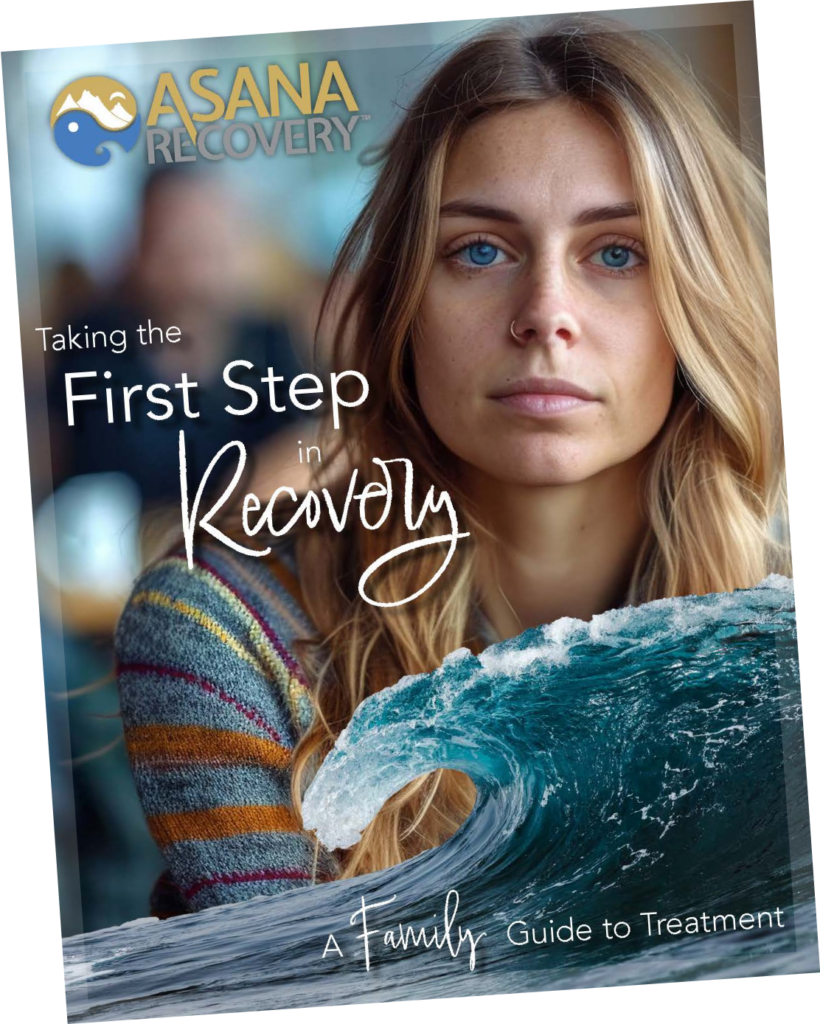
This book has helped so many men and women; and we want to give it you for FREE. Get signed up today and discover how to unlock the grip of addiction and get back to living your best life.
In this book, you’ll discover…
— The Most Common Misconceptions About Addiction and Rehab
— Why Rock Bottom is a Myth and What You Can Do About It
–The Steps to Healing From Trauma, Both Mentally and Emotionally
–And much more!

Asana Recovery is licensed and certified by the State Department of Health Care Services.
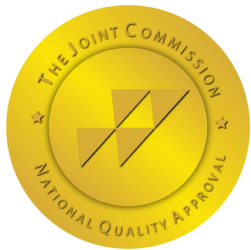
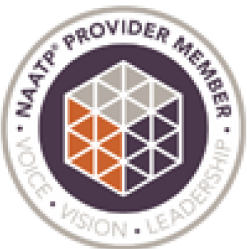
© Copyright 2024 Asana Recovery™ | All Rights Reserved | Privacy Policy
You could save up to 100% of your treatment using your Insurance.
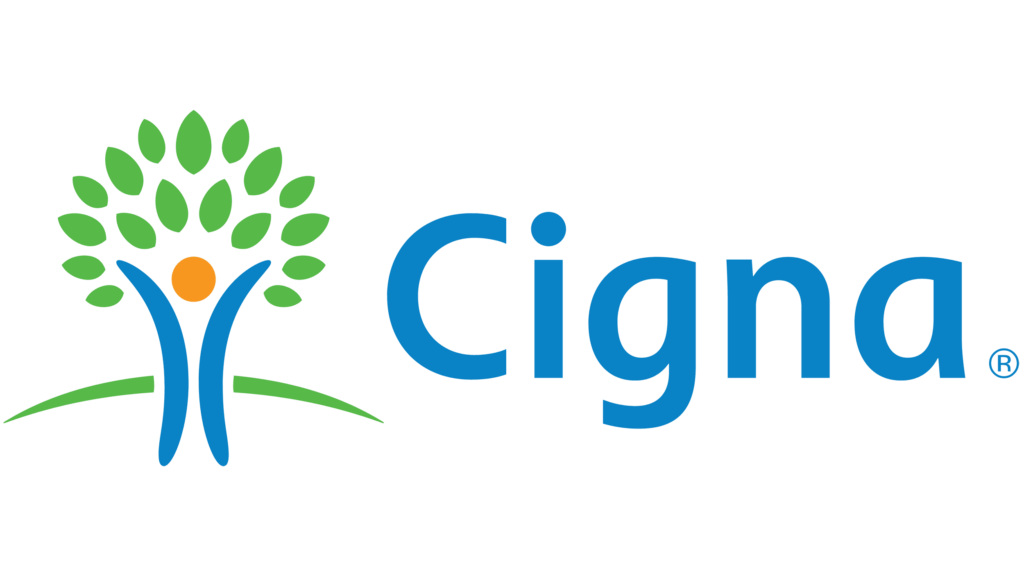
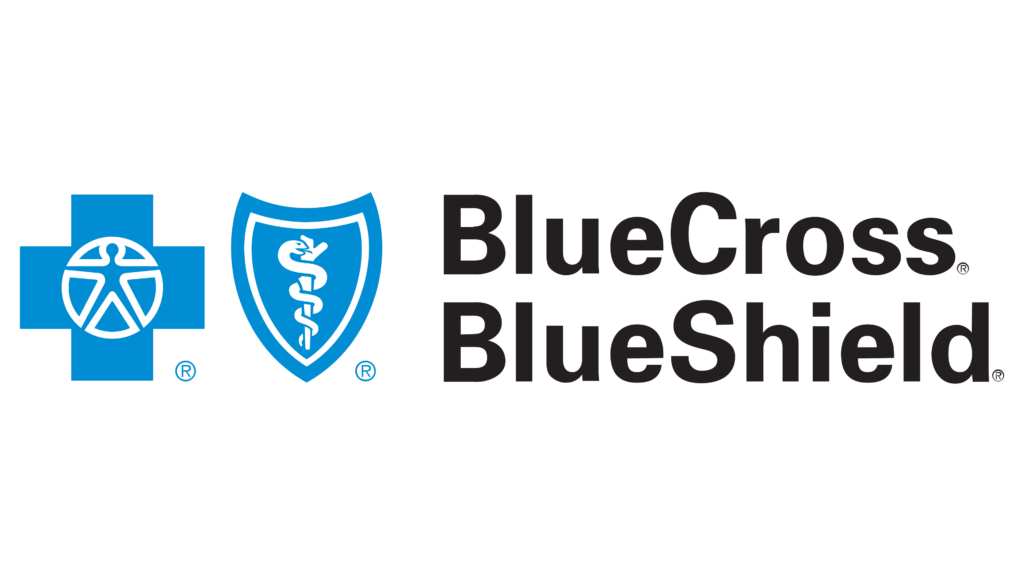



Asana Recovery
We firmly believe that the internet should be available and accessible to anyone, and are committed to providing a website that is accessible to the widest possible audience, regardless of circumstance and ability.
To fulfill this, we aim to adhere as strictly as possible to the World Wide Web Consortium’s (W3C) Web Content Accessibility Guidelines 2.1 (WCAG 2.1) at the AA level. These guidelines explain how to make web content accessible to people with a wide array of disabilities. Complying with those guidelines helps us ensure that the website is accessible to all people: blind people, people with motor impairments, visual impairment, cognitive disabilities, and more.
This website utilizes various technologies that are meant to make it as accessible as possible at all times. We utilize an accessibility interface that allows persons with specific disabilities to adjust the website’s UI (user interface) and design it to their personal needs.
Additionally, the website utilizes an AI-based application that runs in the background and optimizes its accessibility level constantly. This application remediates the website’s HTML, adapts Its functionality and behavior for screen-readers used by the blind users, and for keyboard functions used by individuals with motor impairments.
If you’ve found a malfunction or have ideas for improvement, we’ll be happy to hear from you. You can reach out to the website’s operators by using the following email
Our website implements the ARIA attributes (Accessible Rich Internet Applications) technique, alongside various different behavioral changes, to ensure blind users visiting with screen-readers are able to read, comprehend, and enjoy the website’s functions. As soon as a user with a screen-reader enters your site, they immediately receive a prompt to enter the Screen-Reader Profile so they can browse and operate your site effectively. Here’s how our website covers some of the most important screen-reader requirements, alongside console screenshots of code examples:
Screen-reader optimization: we run a background process that learns the website’s components from top to bottom, to ensure ongoing compliance even when updating the website. In this process, we provide screen-readers with meaningful data using the ARIA set of attributes. For example, we provide accurate form labels; descriptions for actionable icons (social media icons, search icons, cart icons, etc.); validation guidance for form inputs; element roles such as buttons, menus, modal dialogues (popups), and others. Additionally, the background process scans all the website’s images and provides an accurate and meaningful image-object-recognition-based description as an ALT (alternate text) tag for images that are not described. It will also extract texts that are embedded within the image, using an OCR (optical character recognition) technology. To turn on screen-reader adjustments at any time, users need only to press the Alt+1 keyboard combination. Screen-reader users also get automatic announcements to turn the Screen-reader mode on as soon as they enter the website.
These adjustments are compatible with all popular screen readers, including JAWS and NVDA.
Keyboard navigation optimization: The background process also adjusts the website’s HTML, and adds various behaviors using JavaScript code to make the website operable by the keyboard. This includes the ability to navigate the website using the Tab and Shift+Tab keys, operate dropdowns with the arrow keys, close them with Esc, trigger buttons and links using the Enter key, navigate between radio and checkbox elements using the arrow keys, and fill them in with the Spacebar or Enter key.Additionally, keyboard users will find quick-navigation and content-skip menus, available at any time by clicking Alt+1, or as the first elements of the site while navigating with the keyboard. The background process also handles triggered popups by moving the keyboard focus towards them as soon as they appear, and not allow the focus drift outside it.
Users can also use shortcuts such as “M” (menus), “H” (headings), “F” (forms), “B” (buttons), and “G” (graphics) to jump to specific elements.
We aim to support the widest array of browsers and assistive technologies as possible, so our users can choose the best fitting tools for them, with as few limitations as possible. Therefore, we have worked very hard to be able to support all major systems that comprise over 95% of the user market share including Google Chrome, Mozilla Firefox, Apple Safari, Opera and Microsoft Edge, JAWS and NVDA (screen readers).
Despite our very best efforts to allow anybody to adjust the website to their needs. There may still be pages or sections that are not fully accessible, are in the process of becoming accessible, or are lacking an adequate technological solution to make them accessible. Still, we are continually improving our accessibility, adding, updating and improving its options and features, and developing and adopting new technologies. All this is meant to reach the optimal level of accessibility, following technological advancements. For any assistance, please reach out to